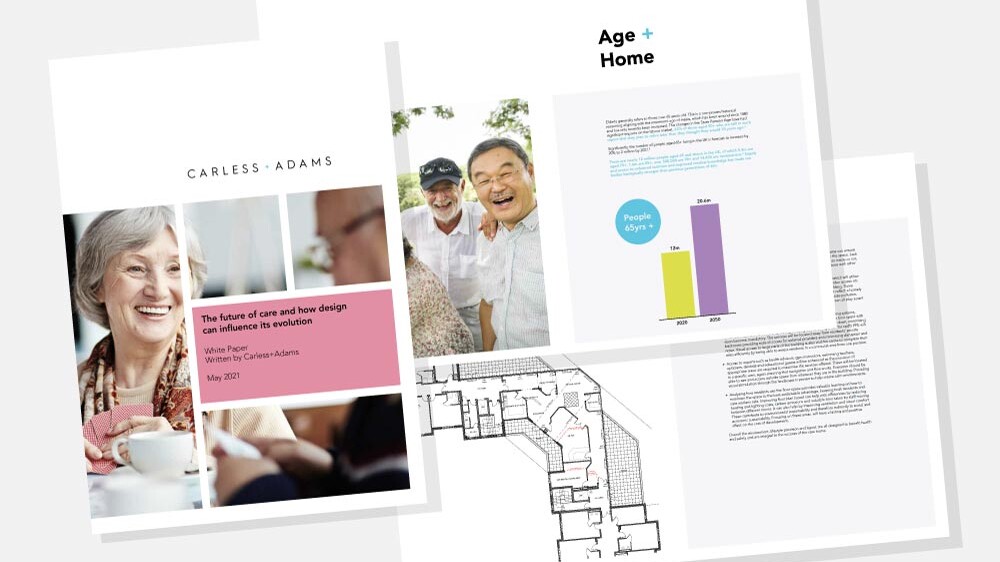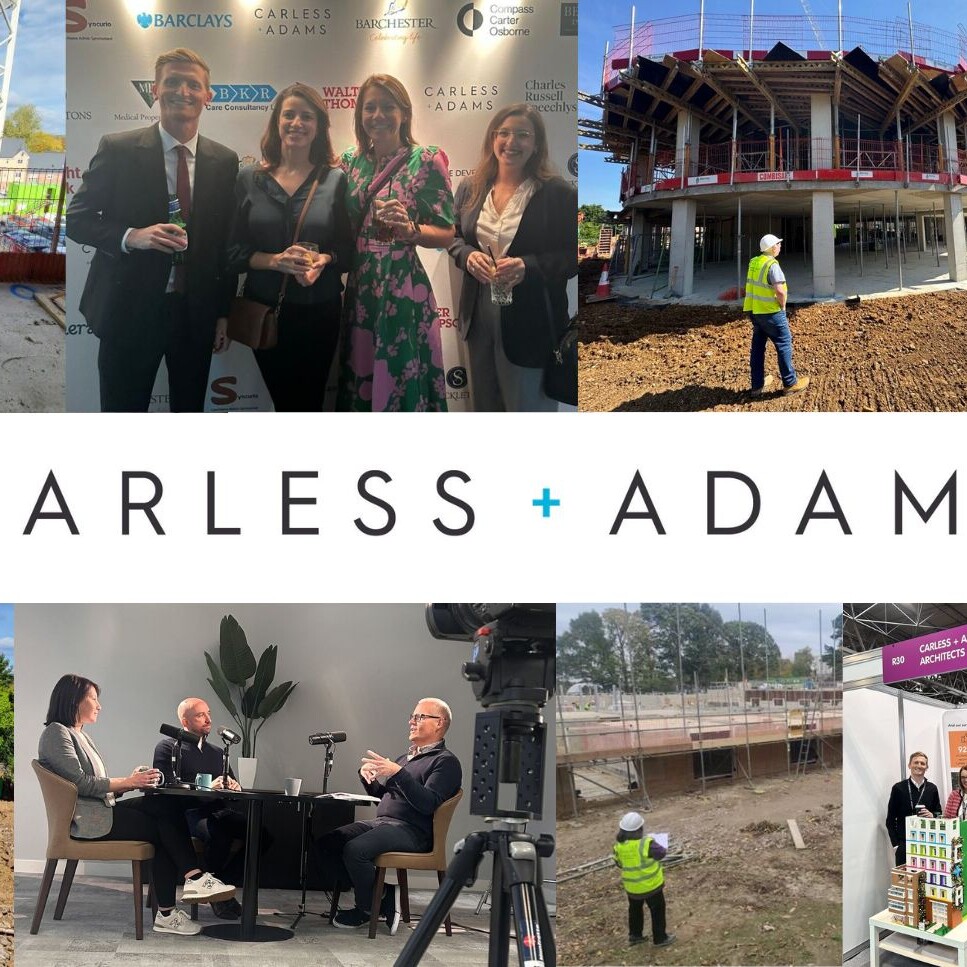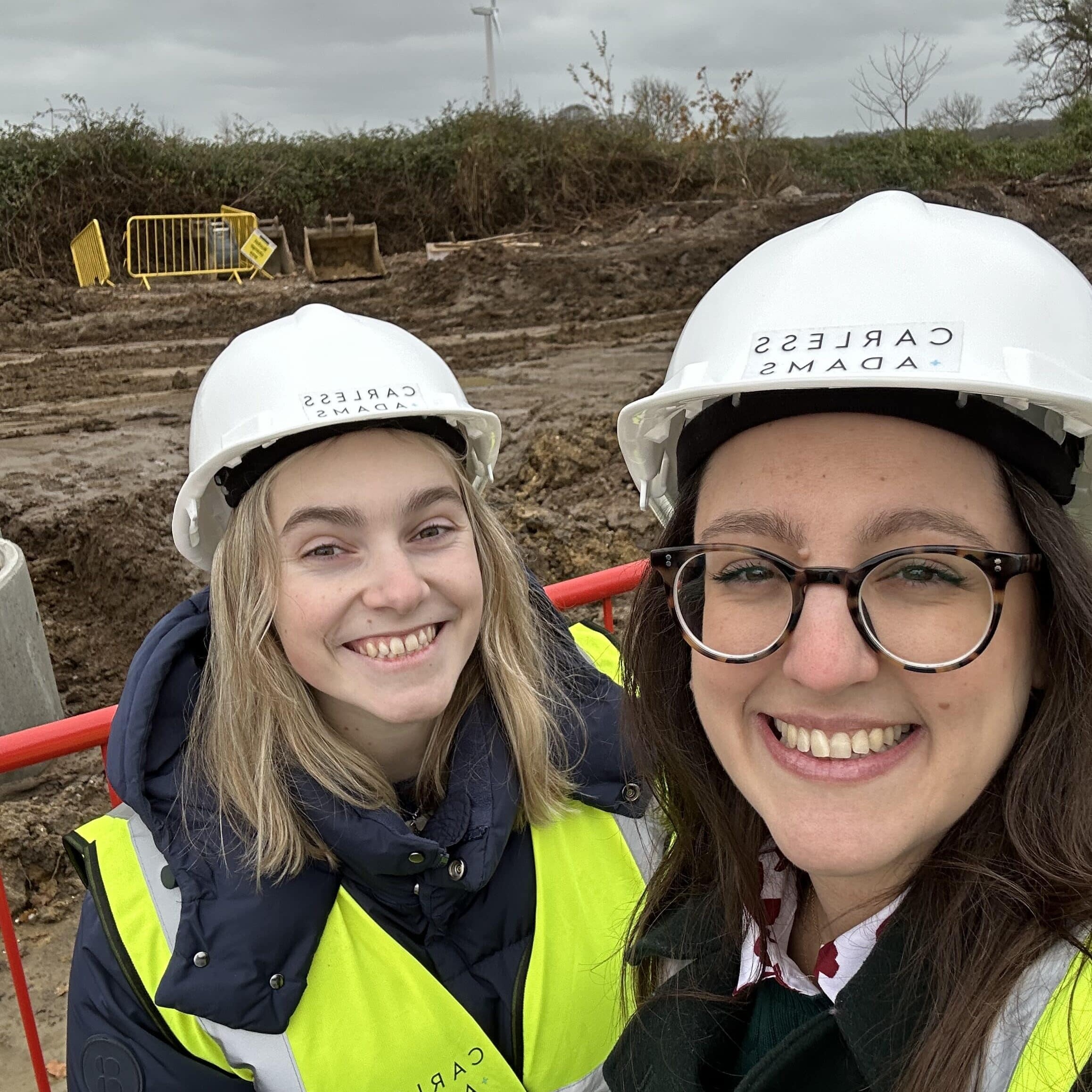The future of care and how design and influence it’s evolution
Carless + Adams has released a white paper based on how design can influence it’s evolution. Care homes in the UK have traditionally been a last resort choice for many, driven by circumstance or failing health. Our growing, ageing population, changing demands of retirement living and provision around suitable accommodation all highlight that the existing care home stock is not fit for purpose, that’s without taking into consideration another pandemic. As architects specialising in supported living and care home accommodation, we firmly believe that design should marry with aspirational, yet functional requirements to help change the perception and mindset around transitioning into the next phase of life by moving into supported living and retirement villages.
Elderly care homes of the 1960’s have been adapted and updated stretching the joists and rafters as much as they can be. The growing ageing population, their demands for their lifestyle, combined with increasing technological advancement mean that these facilities no longer meet the needs of individuals both now and in the future. Contrasting with this, the established US and Australian care communities have a product offering that many aspire to live within. Community care models where communal and personal facilities replicate those found within individual homes and communities have been present in these countries since the 1990’s. In addition, Germany reviewed the provision of care in the 1990’s and developed a long-term strategy to consider the impact and supply needed for the growing ageing population. These countries’ Governments support for such development and the subsequent success of these concepts can explain how perception around care is very different in these countries, compared to the UK’s view.
Realigning the UK public’s view of care provision as a positive choice should shift when planners welcome design which moves away from simple upgrades of existing properties to purpose built homes with community at their very heart. Those of the relevant age have lived through a rapid growth in opportunities and technology which is now integral to their lives. Remaining part of a community rather than becoming isolated has so many publicised benefits to individuals. The benefits can range from removing the stress of looking after your own home, safety, health and wellbeing, combating loneliness to assist in the avoidance of such illnesses as dementia. The recent Covid 19 pandemic has highlighted the impact of elderly living in their own homes reliant on family and friends who, during this time, were unable to visit through fear of infection.
For many the decision to downsize can be highly emotional, so it’s easy to argue against it; there needs to be a desired alternative to motivate this move. Downsizing and moving into a care community should be an exciting time, another stage of life and a positive choice. Provision of care is slowly breaking new ground but the pandemic has illustrated the need for more focus and for the community to be at the heart of new initiatives.
To read our white paper in detail please go to: https://carless-adams.co.uk/download-white-paper/


